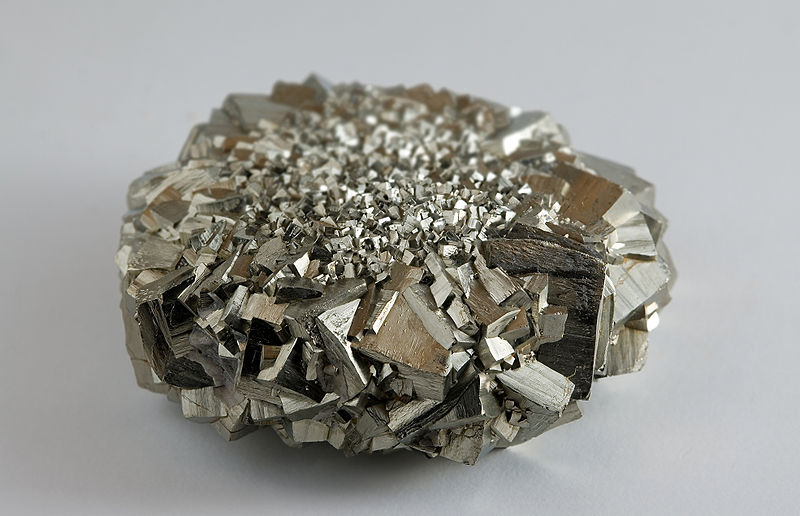There’s a lot of glimmer and sparkle in the fitness industry these days that comes at the expense of substance: Twitter accounts, Facebook pages, YouTube videos, blogs, articles, “likes”, “follows” and every other form of social marketing under the sun. While I certainly don’t blame fellow practitioners for jumping on the social media scene (I have), finding quality information is like mining for gold. According to Wikipedia: “Gold has been a valuable and highly sought-after precious-metal for coinage, jewelry, and other arts since long before the beginning of recoded history.” In other words, gold is a valuable resource! Fool’s gold on the other hand is very common, so common in fact that in the earth's crust it is found in almost every possible environment, hence it has a vast number of forms and varieties. I believe the same holds true regarding information in the fitness industry. Plenty of resources, but few that hold their value in gold. Below are three ways to mine for gold in the fitness industry.

Pyrite (aka: Fools Gold)
1.) Examine the Rock: Real gold still has a yellow sheen even in the shadows, whereas fools gold does not.In the strength and conditioning world, answer the following questions:Where is the information coming from? Is it information based on experience? Does that person train/coach people? Are they CURRENTLY training people/athletes? Are they SUCCESSFUL? Do they get RESULTS? How long have they been doing it? Do they have a business that is dependant upon training NOT writing about it? Although research and writing are two important qualities in our industry, “in the trenches” is where you’ll find gold!
2.) Try to Cut the Substance: True gold is malleable unlike the crystals of Fool’s Gold. Take Home Point: Don’t fall for glitter, glam and good looks at the expense of substance. If it’s too good to be true, chances are its fool’s gold. There are plenty of great strength coaches that choose not to be in the spotlight. However, the substance of their information is extremely valuable. They happily exchange the glitter and glam for chalk and sweat. Gold is valuable not because of it’s good looks (although this helps), but because of it’s rarity and substance.
3.) Contact the Geology Department: A Geologist will quickly be able to tell you if the rock is gold. Find a good mentor! He/she will quickly let you know if a certain product is good, bad or ugly. I strongly recommend finding at least two industry leaders. What is in their library of resources? What are they currently reading/watching? What were their failures? Successes? Success leaves clues and many times leads to other great resources/gold.
Nobody wants to spend countless time, effort and money mining for fool’s gold. There are a vast number of resources; products and articles in the fitness industry that just don’t hold their value in gold. The secret is there is no secret. Find a miner that has had success, borrow their map and start your journey. Once you become competent, use your own map to find information/products that will help you grow professionally.
Anthony Donskov, MS, CSCS, PES, is a former collegiate and professional hockey player, founder of Donskov Strength and Conditioning Inc., (www.donskovsc.com) and Head Instructor/Director of Off-Ice Strength and Conditioning for Donskov Hockey Development (www.donskovhockey.com). He can be reached at info@donskovsc.com .
Facebook: http://www.facebook.com/pages/Donskov-Strength-and-Conditioning-Inc/111694352189187
Twitter: http://twitter.com/Donskovsc